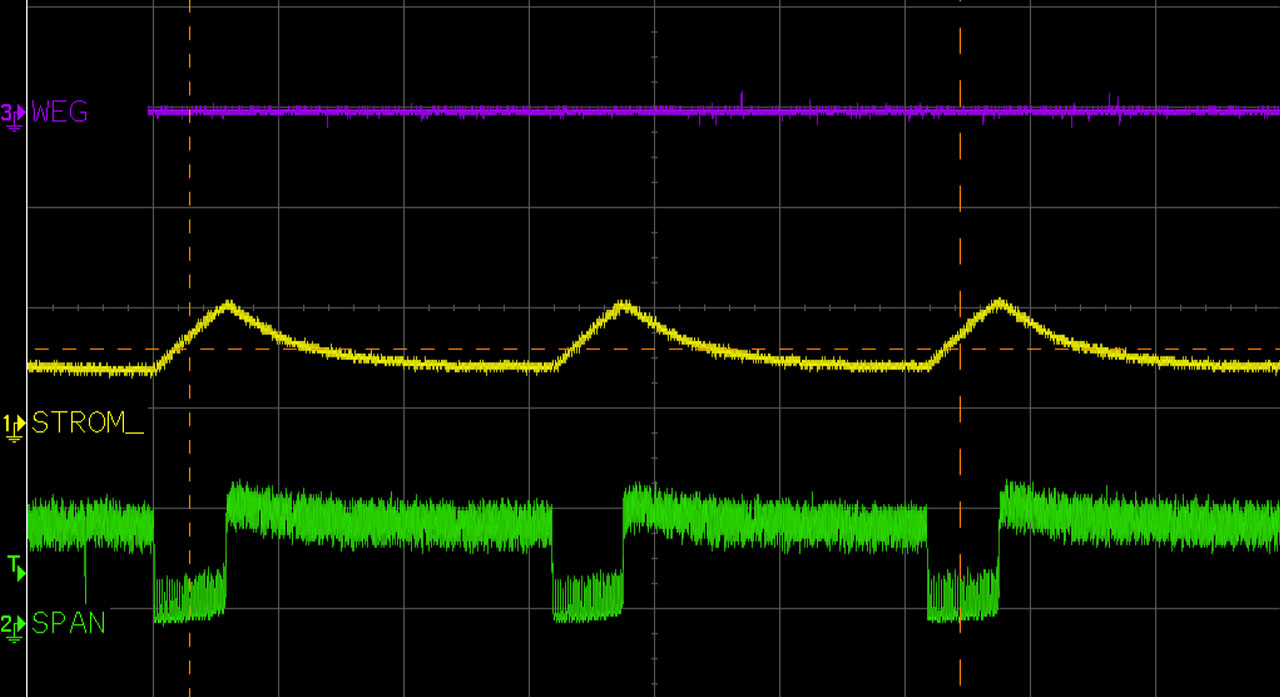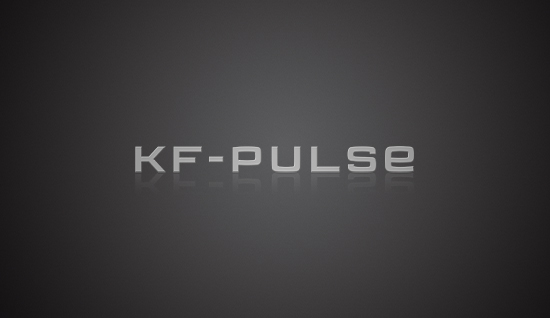GMAW Process:
The standard procedure
The GMAW process is probably the most commonly used gas-shielded arc welding process for metals. Depending on the shielding gas used, a distinction is made between MIG (metal inert gas) and MAG (metal active gas). For example, shielding gases such as argon are used for MIG welding of aluminum; active CO2 mixed gases are mainly used for MAG welding of non-alloy and low-alloy steel. Due to the low susceptibility to failure and the simple operation, the fields of application range from thin sheet applications in the automotive industry to multi-layer welding on bridge structures or in power plant construction.
Special features – GMAW process
- easy handling
- low susceptibility to failure
- automatic arc length control
- automatic resistance adjustment (AutoCOMP)
- good heat transfer
- reproducible penetration
- can be used with all SKS Weld Packages

MIG/MAG welding arc
A welding arc burns between the continuously fed wire electrode and the workpiece. The energy input causes both the electrode and the workpiece to heat up to such an extent that a weld pool is formed on the workpieces to be joined and the welding wire melts into the weld pool. Due to the increasing power density over the available setting range, different material transfer types result.
While the material transfer in the lower power range takes place in a short circuit (short arc), in the upper range the wire end in the arc is heated to such an extent that a short-circuit-free spray arc with fine droplets is produced. In the transition area, the mixed arc, a short-circuited material transfer with coarse droplets prevails.
Short Arc
Highspeed video: GMAW short arc

Mixed Arc
Highspeed video: GMAW mixed arc

Spray Arc
Highspeed video: GMAW spray arc

This might also interest you





